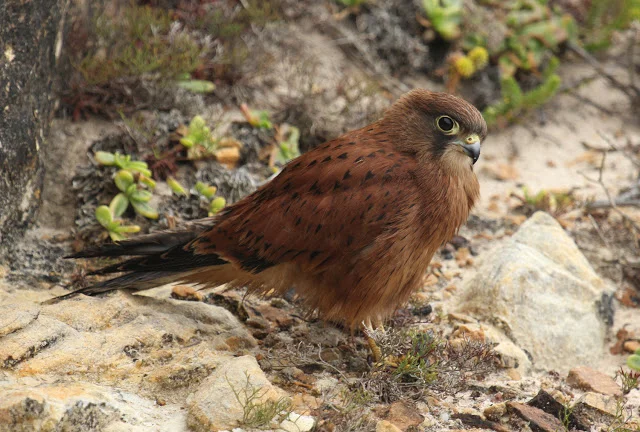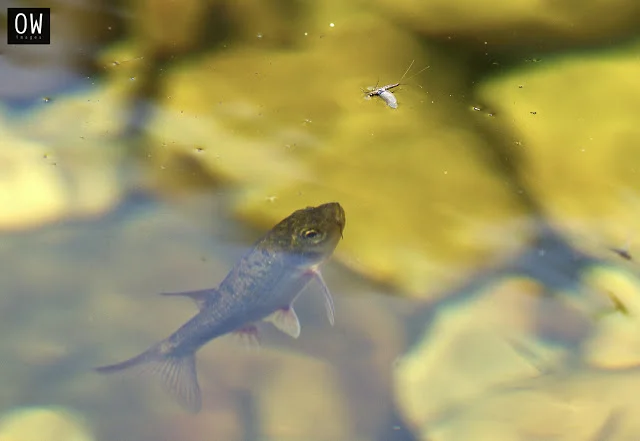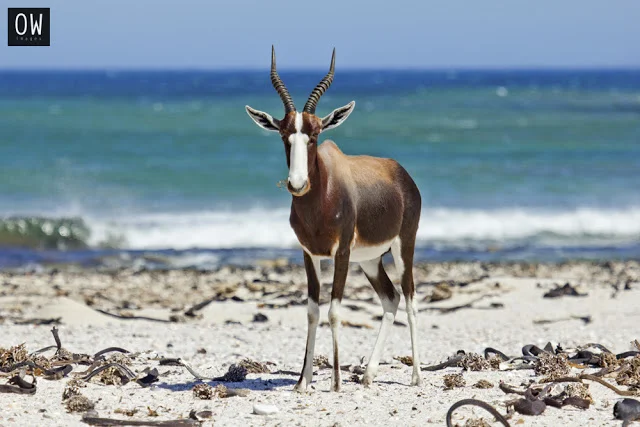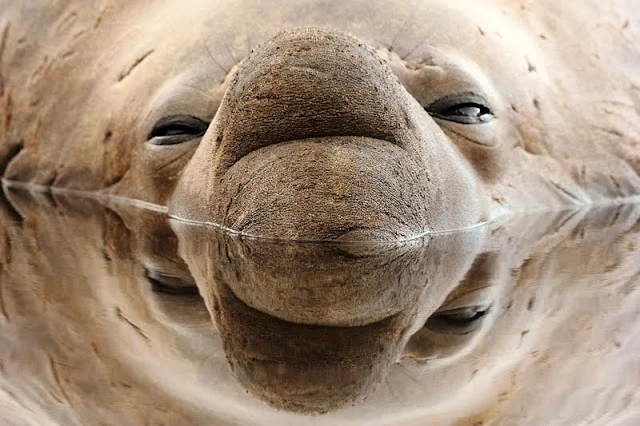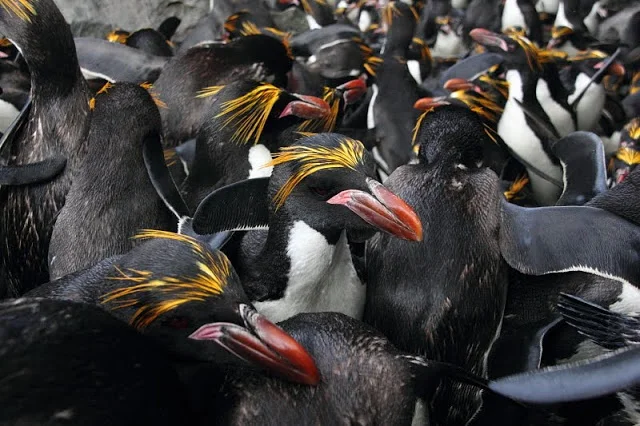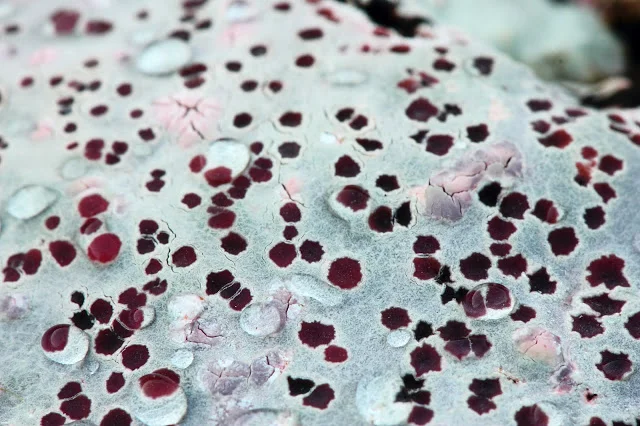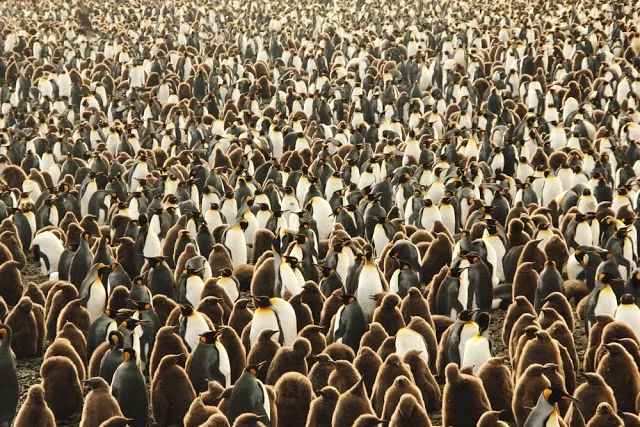Like penguins, the Great Auk spent most of its year foraging at sea and returned to offshore islands in the Boreal summer to breed. As naval exploration began to radiate in the 16th and 17th centuries, encounters with these birds became increasingly common and by the beginning of the 19th century they had been hunted to extinction for their meat and feathers. During those times the Great Auk was known to sea-farers by another name - 'pengwyn'. It is of Celtic origin and when dissected composes of two welsh words; 'pen' meaning head and 'gwyn' meaning white. This may be an odd description for a bird whose head, apart from a white patch in front of the eyes, is predominantly brown or black, but there are further traits about the Great Auk which I have yet to mention. During the winter months these birds underwent a plumage change similar to that experienced by their relatives, the guillemot and the razorbill, in which their fore-neck, chin, and head feathers turned white. This must have made a significant impression on many a sailor, as the name spread throughout Europe.
When these sea-farers eventually ventured further South and encountered similar birds on sub-Antarctic Islands, the name 'pengwyn' was copied and pasted into log books and journals. Interestingly, over the ages the name stuck for those tuxedo-clad birds in the South, whereas those in the North were reclassified as auks, puffins, guillemots and razorbills. In some languages, the remnant of the Northern Hemisphere's 'pengwyn' still lingers in the French and Spanish words for Great Auk, which are 'Grand Pingouin' and 'Gran Pinguino', respectively.
Two hundred years after the extinction of the 'pengwyn' I've found myself amongst four species of their etymological descendents. Marion island is home to the king penguin Aptenodytes patagonicus, the gentoo penguin Pygoscelis papua, the macaroni penguin Eudyptes chrysolophus, and the southern rockhopper penguin Eudyptes chrysocome filholi. Regarding my MSc, I came to Marion to collect data on the foraging ecology and diving behaviour of the latter two, the crested penguins. Eudyptes is derived from Greek and means 'good diver', and chrysolophus and chrysocome mean 'with a golden crest' and 'with golden hair', respectively.




